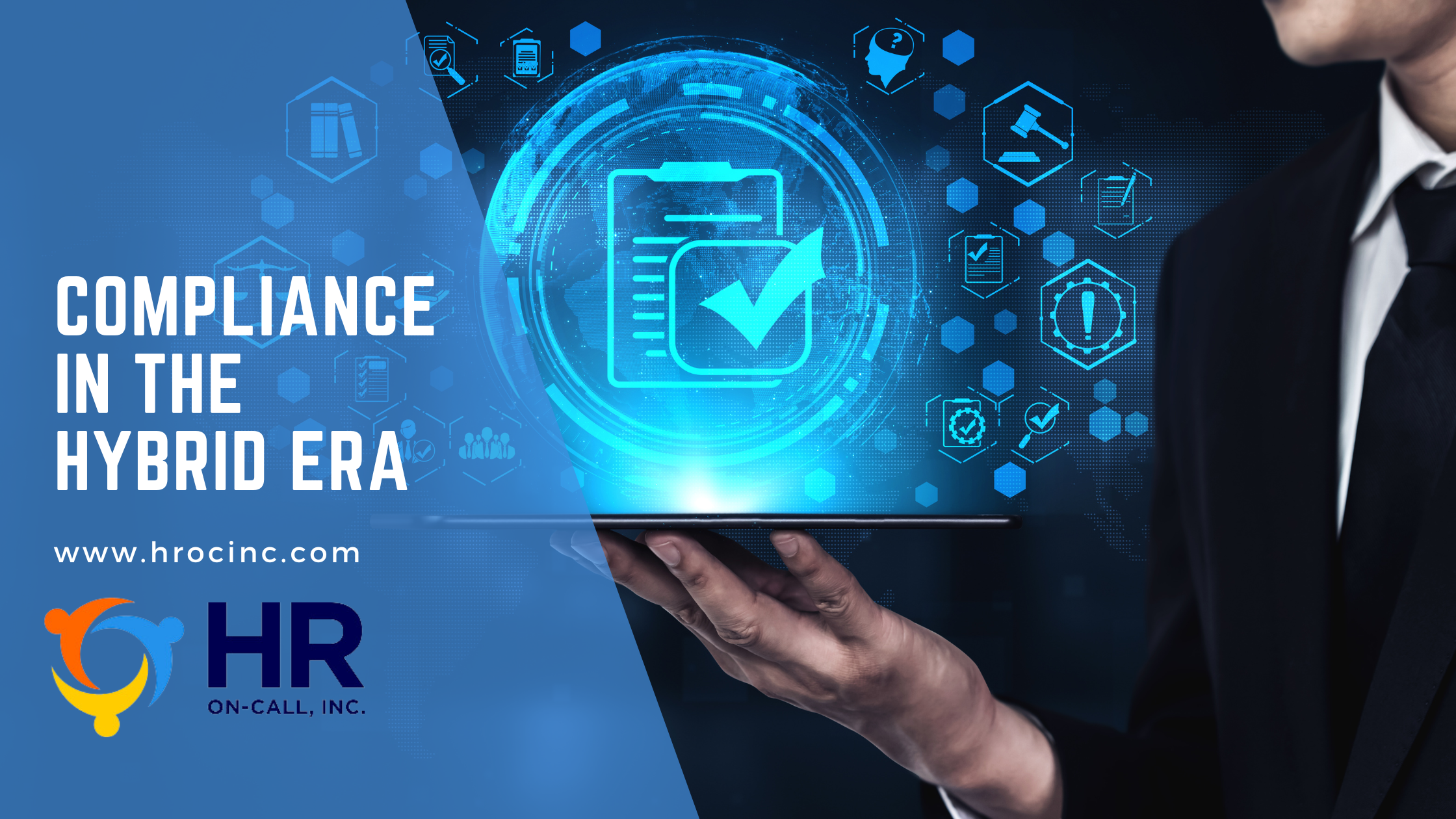As hybrid and remote work models become the norm in 2025, employers face a new wave of legal responsibilities. Labor laws—originally written for traditional office settings—are now being updated to reflect a workforce that’s more flexible, mobile, and digital.
If your business operates in a hybrid environment, staying compliant isn’t just good practice—it’s essential for avoiding penalties, protecting your employees, and maintaining a positive workplace culture.
Here’s what every employer should know about compliance in the hybrid era.
Why Compliance Is Changing
The shift to hybrid work has created complex questions for employers:
- Which state’s labor laws apply when employees work remotely across state lines?
- How do you track hours, breaks, and overtime for remote employees?
- What are your obligations around workplace safety when the “workplace” is someone’s home?
To address these concerns, federal and state regulators are updating their policies—and businesses need to keep up.
Key Labor Law Updates and Considerations in 2025
1. State-Specific Laws for Remote Workers
When employees work from home in a different state than your business, you must comply with that state’s employment laws. This can impact:
- Minimum wage
- Paid sick leave
- Break requirements
- Final paycheck rules
- Unemployment insurance and tax obligations
Action Step: Keep detailed records of where employees are working and consult with a multi-state HR or legal expert to stay compliant.
2. Time Tracking and Wage Compliance
Remote or hybrid employees are still entitled to accurate pay and overtime protections under the Fair Labor Standards Act (FLSA). That means:
- Accurately tracking start/end times and breaks
- Ensuring non-exempt employees are paid for all hours worked
- Preventing “off-the-clock” work during personal hours
Action Step: Use time-tracking software and educate managers on enforcing work-hour boundaries.
3. Remote Work Expense Reimbursement
Some states (like California and Illinois) require employers to reimburse remote workers for work-related expenses, such as:
- Internet service
- Cell phone usage
- Office supplies or equipment
Action Step: Create a written remote work reimbursement policy that complies with applicable state laws.
4. Workplace Safety and Ergonomics
Yes—OSHA applies even when the workplace is remote. While employers aren’t expected to inspect home offices, you are responsible for ensuring the work environment is safe.
Action Step: Offer ergonomics training and provide guidance or checklists to help employees set up safe home workspaces.
5. Data Security and Privacy
Labor laws increasingly intersect with cybersecurity in hybrid workplaces. Employers must protect employee and customer data—especially when work is done on personal devices or unsecured networks.
Action Step: Implement security protocols, remote access controls, and regular training on handling sensitive data.
6. Equal Access and Anti-Discrimination
Ensure that hybrid and remote work policies do not inadvertently discriminate against protected groups. Equal access to promotions, projects, and visibility must be maintained for remote employees.
Action Step: Standardize communication, performance evaluation, and development opportunities across all work models.
7. Updated Employee Handbooks and Policies
Your employee handbook should reflect your current hybrid or remote work structure, including:
- Work hours and availability expectations
- Performance management
- Technology use
- Expense reimbursement
- Confidentiality and cybersecurity policies
Action Step: Review and update your handbook annually—or more often if laws change.
In the hybrid era, labor law compliance is no longer just about what happens in the office—it’s about what happens everywhere your employees work.
Staying ahead means staying informed. Proactively adjust your policies, invest in HR compliance tools, and consult legal counsel when expanding your workforce across states or countries.
Compliance may be complex—but it’s also your opportunity to build trust, reduce risk, and lead with responsibility in a modern workplace.

